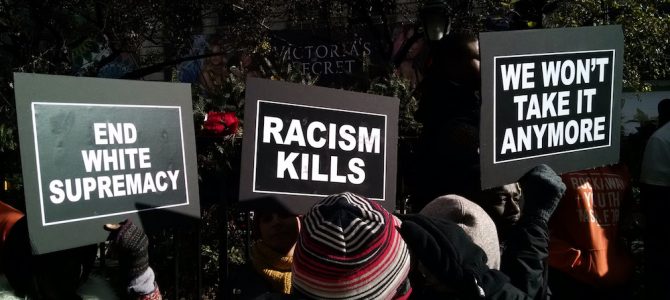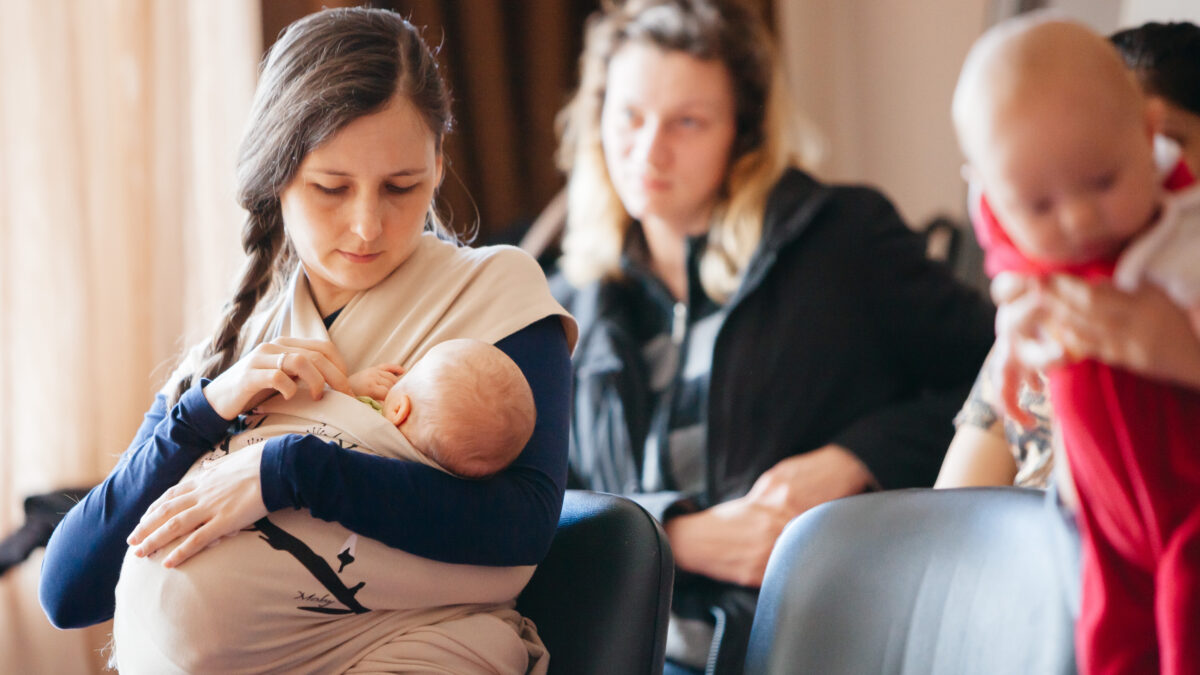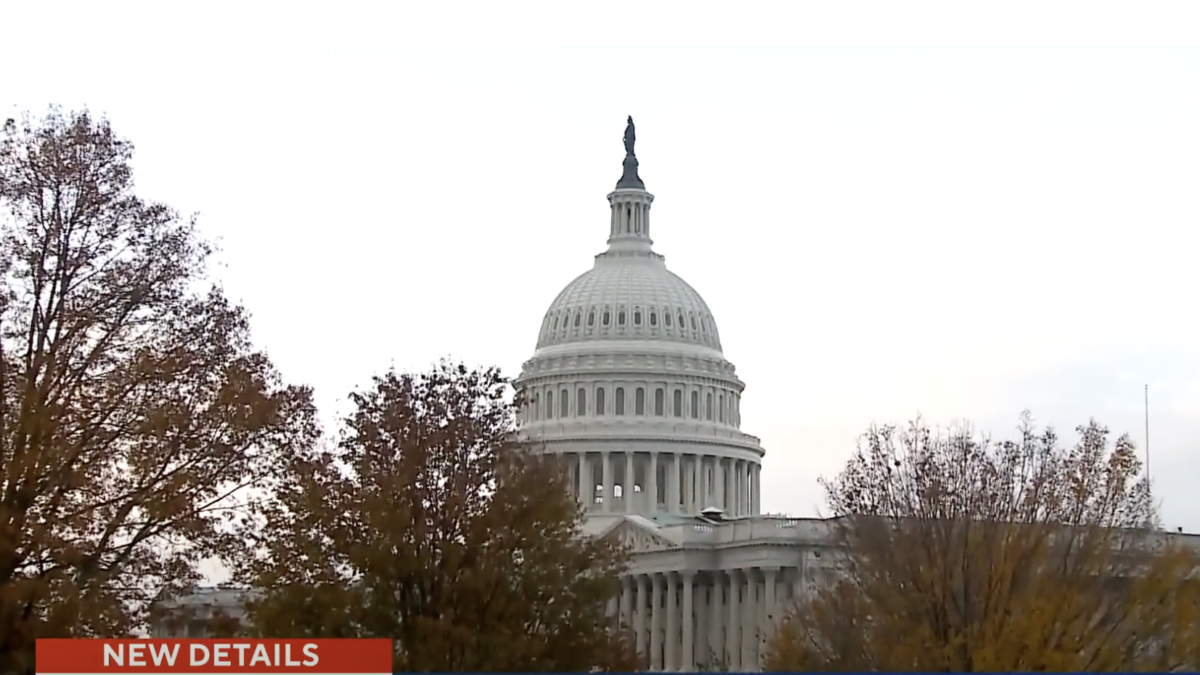
It isn’t surprising that Black Lives Matter is a communist organization—but the type of communism they subscribe to is. They are conservative communists attempting to fold the progressive movement back into traditional Marxism.
BLM has turned its back on intersectional theory, the modern conflict theory that birthed safe spaces, trigger warnings, and the Oppression Olympics. Instead, BLM is rebirthing the traditional class struggle, reframing it in terms of black and white.
The policy platform proposed by BLM in August did nothing to hide this traditionalism. Its calls for collective ownership of resources, banks, and businesses, a highly progressive income tax, a guaranteed minimum income, and government jobs are lifted straight from the pages of Karl Marx’s “Communist Manifesto.” Here are two excerpts for comparison:
“Communist Manifesto”: Abolition of property in land and application of all rents of land to public purposes. Extension of factories and instruments of production owned by the State; the bringing into cultivation of waste-lands, and the improvement of the soil generally in accordance with a common plan.
Black Lives Matter: A right to restored land, clean air, clean water and housing and an end to the exploitative privatization of natural resources — including land and water. We seek democratic control over how resources are preserved, used and distributed and do so while honoring and respecting the rights of our Indigenous family.
Black vs. White Is the New Proletariat vs. Bourgeoisie
But more important is BLM’s use of the black versus white dichotomy. While race has a long history as a wedge issue, BLM incorporates nearly all forms of modern marginalization—“including but not limited to those who are women, queer, trans, femmes, gender nonconforming, Muslim, formerly and currently incarcerated, cash poor and working class, differently-abled, undocumented, and immigrant”—into blackness. Conversely, whiteness represents all forms of privilege (economic, social, and legal) throughout the platform.
BLM has simply substituted Marx’s class conflict between the proletariat and bourgeoisie for class conflict between blackness and whiteness. But unlike income and wealth, blackness and whiteness are not temporary states: while 56 percent of American households occupy the top 10 percent of the income bracket at some point during their lives, such transience does not occur with an immutable characteristic like race.
The black vs. white dichotomy creates a permanent enemy class, to which defection is always incomplete. And unlike the proletariat class consciousness, race consciousness already exists, making mobilization easier. This can be seen in the comments of a Milwaukee protester from August: “We do not want justice or peace anymore. We done with that shit. We want blood. We want blood. We want the same shit ya’ll want. Eye for an eye. No more peace. F–k all that. Ain’t no more peace. Ain’t no more peace. We done. We cannot cohabitate with white people, one of us have to go, black or white. All ya’ll have to go!”
Why Black Lives Matter Rejects Intersectionality
Where Marxism prioritizes the class struggle between the bourgeoisie and the proletariat (or between black and white), the modern theory of intersectionality prioritizes differences between identity politic groups. It posits that while white women face marginalization for their sex, they gain privilege from their race. Conversely, black men gain privilege from their sex while facing marginalization because of their race. Black women experience “double jeopardy,” suffering from both sex and race. This creates a hierarchy of oppression that is in constant flux as new forms of marginalization are recognized. Intersectional theory fractures the class conflict from two opposed groups into an unlimited number of conflicts within the hierarchy of oppression.
This is why the LGBTQQIAAP coalition is beginning to segregate itself by race. For example, some elements of the community argue that “white cis gay men are relative enablers, rather than victims, of oppression.” Intersectionality has created similar instability in the feminist movement. At a National Women’s Studies Association Conference in 1992, American Enterprise Institute Scholar Christina Hoff Sommers observed the effects of intersectionality on feminist solidarity:
“[P]articipants met in groups defined by their grievances and healing needs: Jewish women, Jewish lesbians, Asian-American women, African-American women, old women, disabled women, fat women, women whose sexuality is in transition. None of the groups proved stable. The fat group polarized into gay and straight factions, and the Jewish women discovered they were deeply divided. … This year’s concern extended to ‘marginalized’ allergy groups. Participants were sent advance notice not to bring perfumes, dry-cleaned clothing, hair spray or other irritants.”
Could Communism Be Making a Comeback?
While this sounds like a scene out of Portlandia, it exemplifies why BLM is shifting toward traditional Marxism. Devotees of intersectional theory are too triggered by the lack of gluten-free cupcakes to organize and fight capitalism.
BLM treats intersectional conflicts and “non-black people of color” much the same way Marx treated the reserve army of labor and petty bourgeoisie: as auxiliaries to the proletariat and bourgeoisie conflict. In their glossary, BLM defines the term “non-black people of color” as intended “to provide greater context to the distinct and unique oppression imposed on Black people, while recognizing the struggles of other people of color.” Which is to say that while intersectional conflicts exist, the Black vs. White conflict takes priority.
On one hand, the thought of trigger warnings and safe spaces falling out of vogue is uplifting. However, early 20th century Communist parties were highly effective in the political sphere. If BLM is successful in winning the progressive movement over to traditional Marxism, they may garner significant political power and send us further down the road to serfdom.







